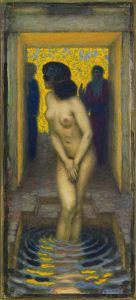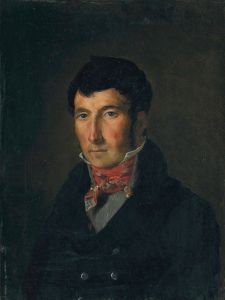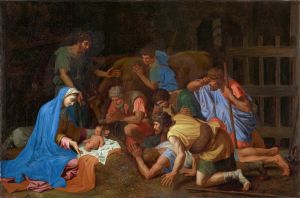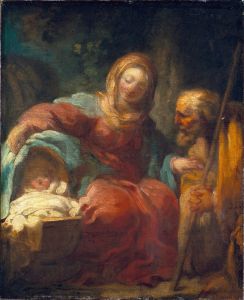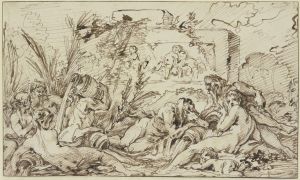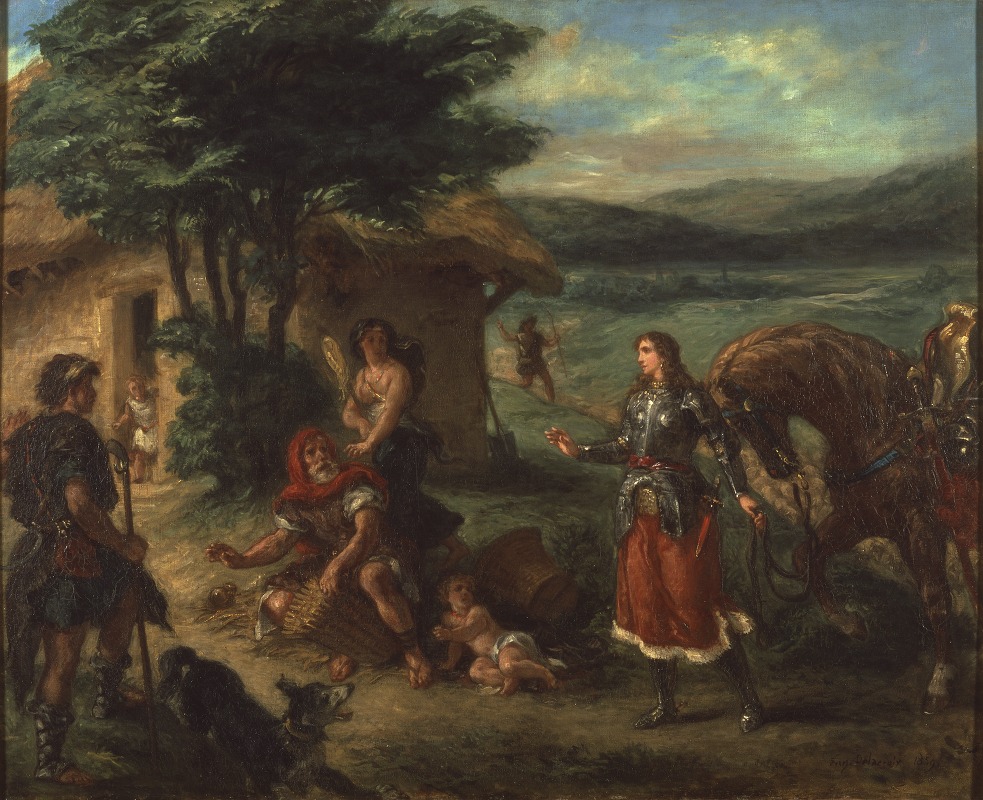
Erminia and the Shepherds
A hand-painted replica of Eugène Delacroix’s masterpiece Erminia and the Shepherds, meticulously crafted by professional artists to capture the true essence of the original. Each piece is created with museum-quality canvas and rare mineral pigments, carefully painted by experienced artists with delicate brushstrokes and rich, layered colors to perfectly recreate the texture of the original artwork. Unlike machine-printed reproductions, this hand-painted version brings the painting to life, infused with the artist’s emotions and skill in every stroke. Whether for personal collection or home decoration, it instantly elevates the artistic atmosphere of any space.
Eugène Delacroix, a leading figure of the French Romantic movement, is renowned for his vibrant use of color and expressive brushwork. Among his many works, "Erminia and the Shepherds" stands out as an exquisite example of his ability to convey emotion and narrative through art. Painted in 1859, this artwork is inspired by Torquato Tasso's epic poem "Jerusalem Delivered," which was a popular source of inspiration for many artists during the Romantic period.
"Erminia and the Shepherds" depicts a scene from Tasso's poem where Erminia, a princess of Antioch, finds refuge among shepherds after fleeing from battle. The painting captures the moment when Erminia, having discarded her armor, is welcomed by the pastoral figures. Delacroix's interpretation of this scene is notable for its emphasis on the contrast between the tumultuous world Erminia has left behind and the serene, idyllic life of the shepherds.
Delacroix's composition is characterized by its dynamic arrangement and vivid color palette. The artist employs a rich array of colors to highlight the emotional intensity of the scene. Erminia, positioned prominently in the foreground, is depicted with a sense of grace and vulnerability. Her flowing garments and gentle demeanor contrast with the rugged, earthy tones of the shepherds and their surroundings. This juxtaposition underscores the theme of escape and sanctuary that is central to the narrative.
The background of the painting is equally significant, as Delacroix uses it to enhance the overall mood of the piece. The landscape is rendered with a sense of depth and movement, suggesting both the physical and emotional journey of Erminia. The use of light and shadow further accentuates the drama of the scene, drawing the viewer's eye to the central figures while also providing a sense of continuity with the natural world.
Delacroix's technique in "Erminia and the Shepherds" reflects his mastery of Romantic ideals. His brushwork is loose and expressive, allowing for a sense of spontaneity and emotion. This approach is characteristic of Delacroix's broader oeuvre, where he often sought to capture the essence of a moment rather than adhere to strict realism. The painting's emotional resonance is heightened by Delacroix's ability to convey the inner turmoil and eventual peace experienced by Erminia.
"Erminia and the Shepherds" is housed in the Musée des Beaux-Arts de Lyon, where it continues to be appreciated for its artistic and historical significance. The painting is a testament to Delacroix's skill in blending narrative and emotion, as well as his ability to draw inspiration from literary sources. It exemplifies the Romantic fascination with themes of escape, refuge, and the contrast between civilization and nature.
In summary, Eugène Delacroix's "Erminia and the Shepherds" is a masterful representation of Romantic art, capturing the emotional depth and narrative complexity of Tasso's epic poem. Through his use of color, composition, and expressive brushwork, Delacroix creates a vivid and compelling portrayal of Erminia's journey, inviting viewers to explore the timeless themes of sanctuary and transformation.





